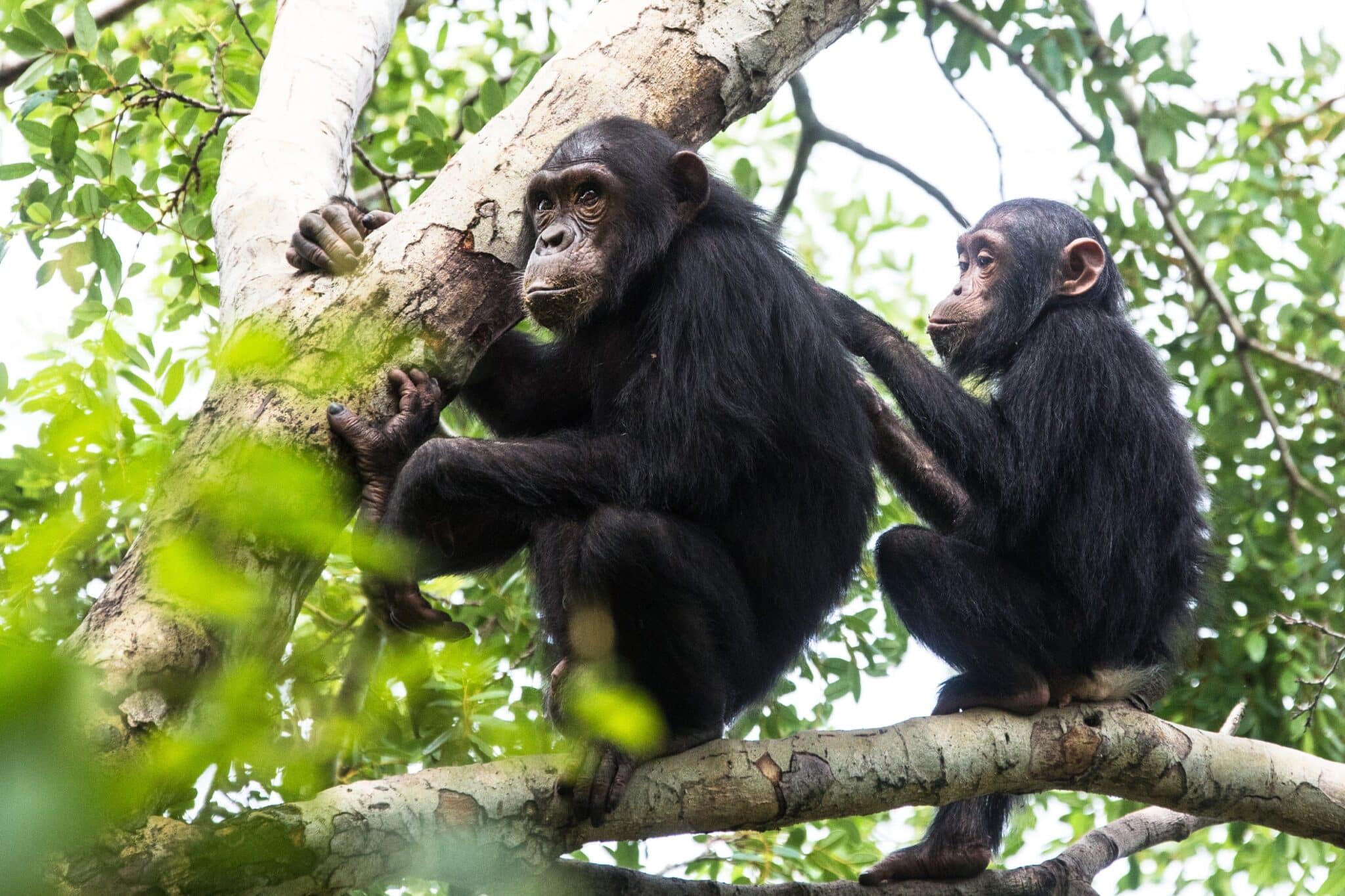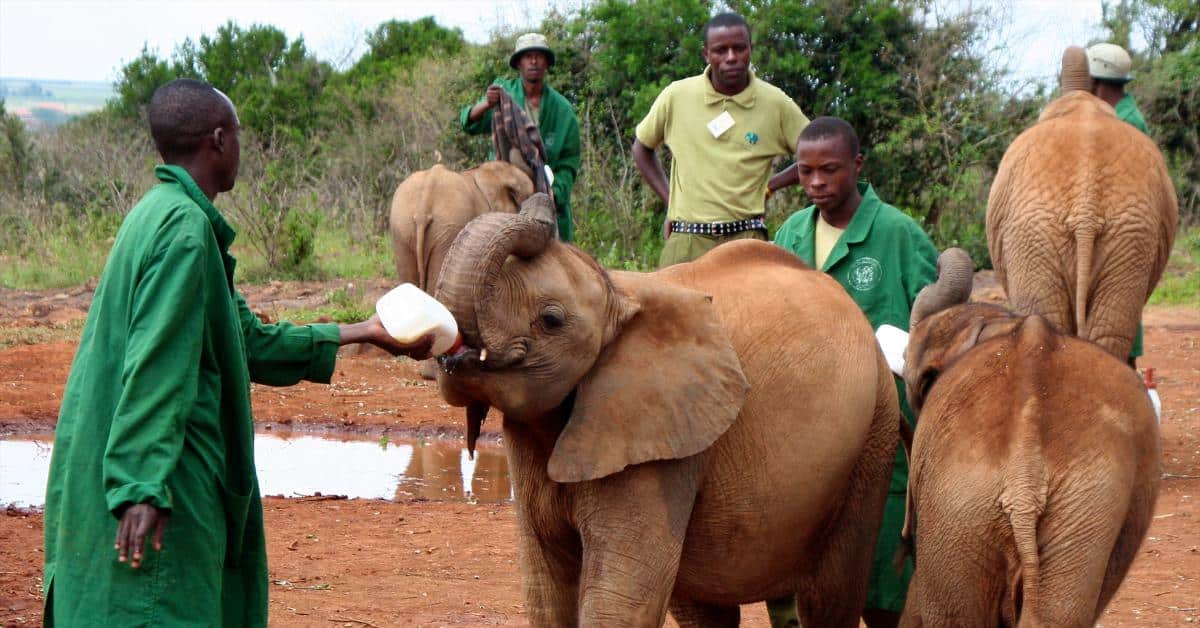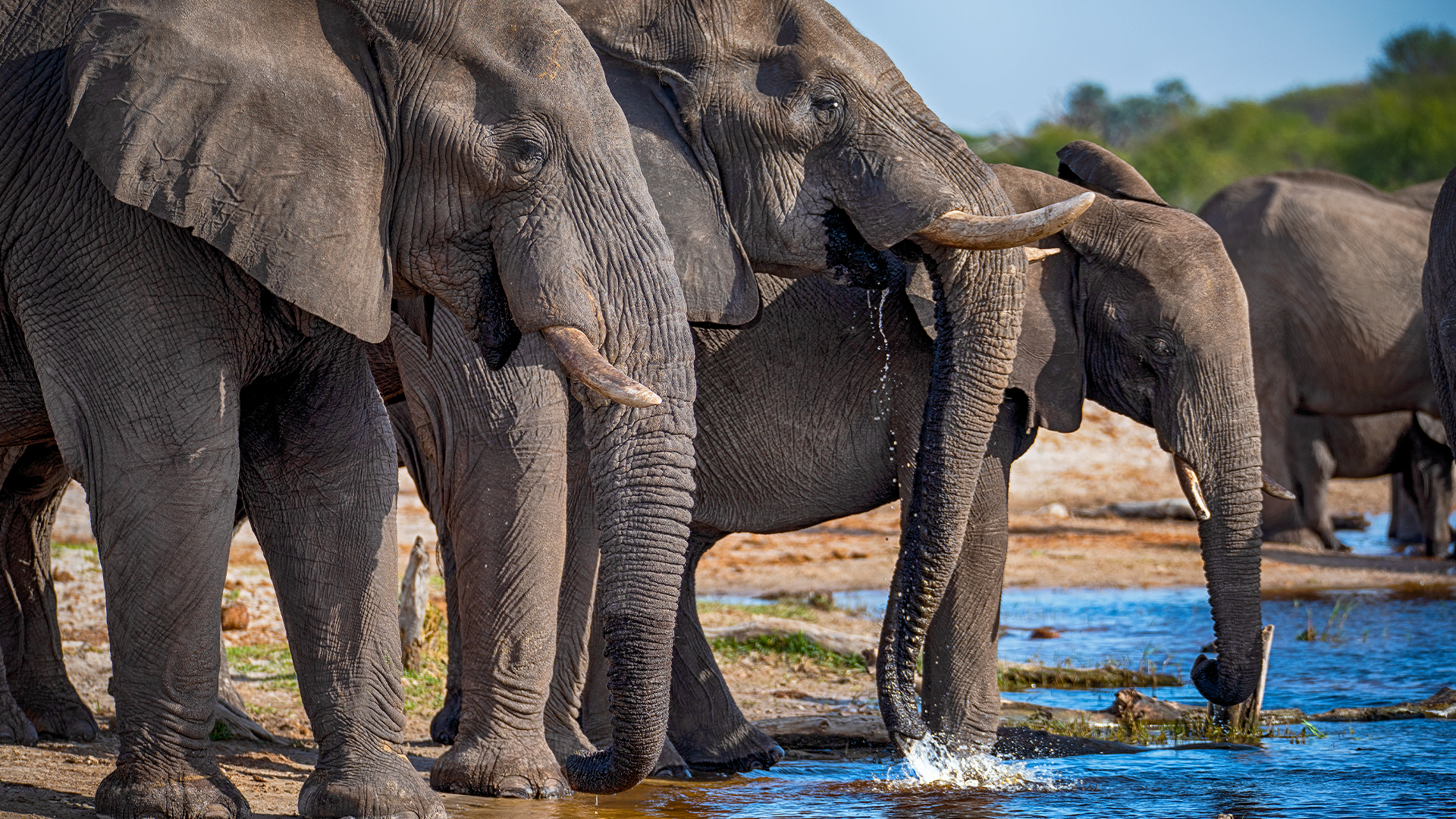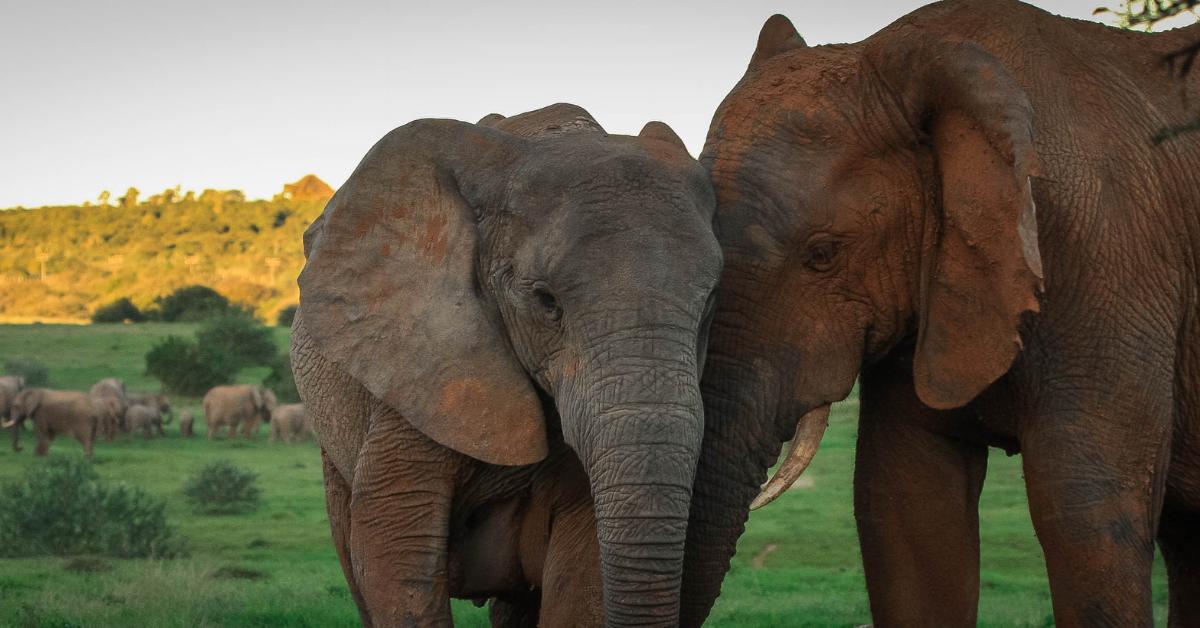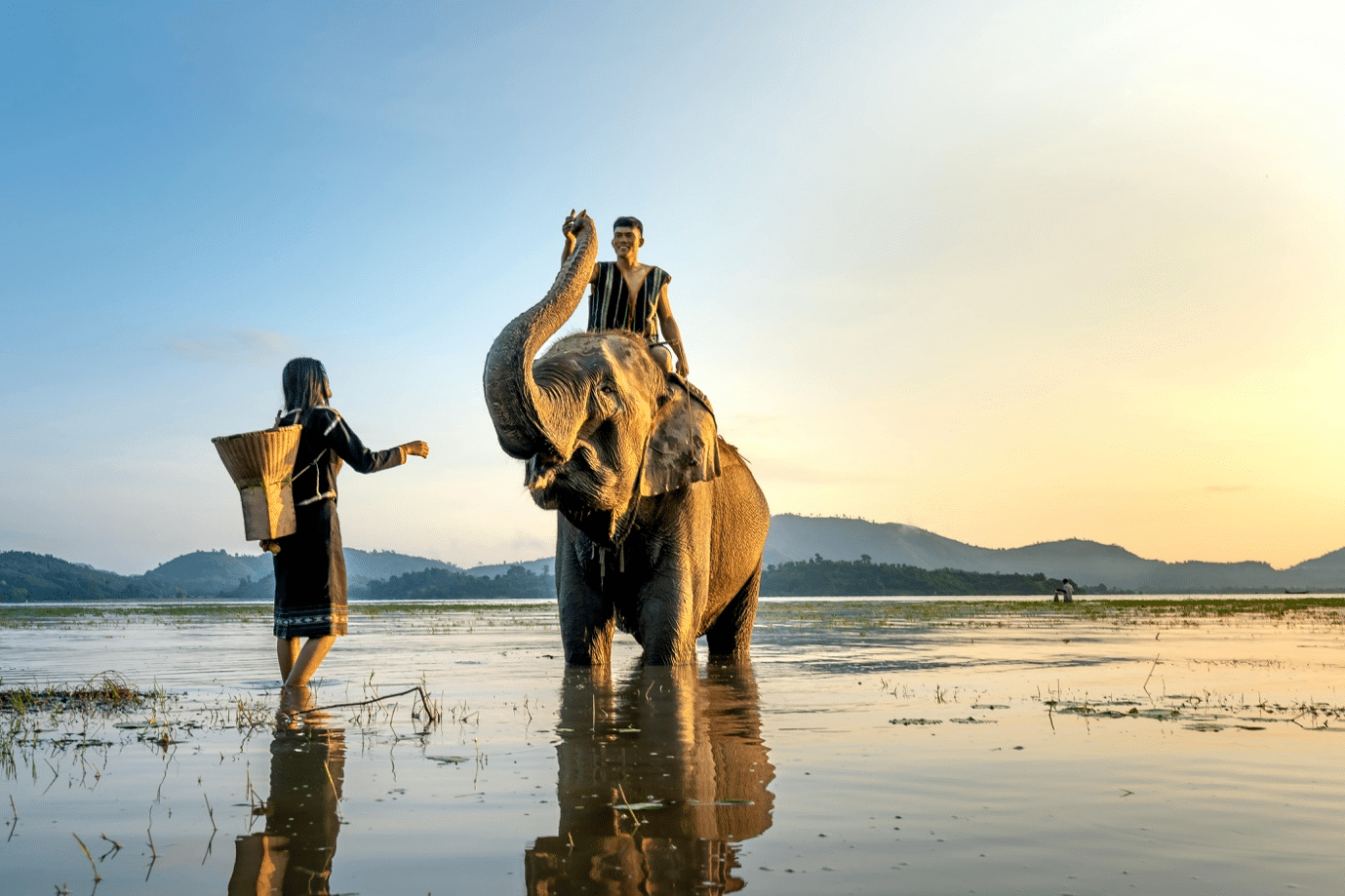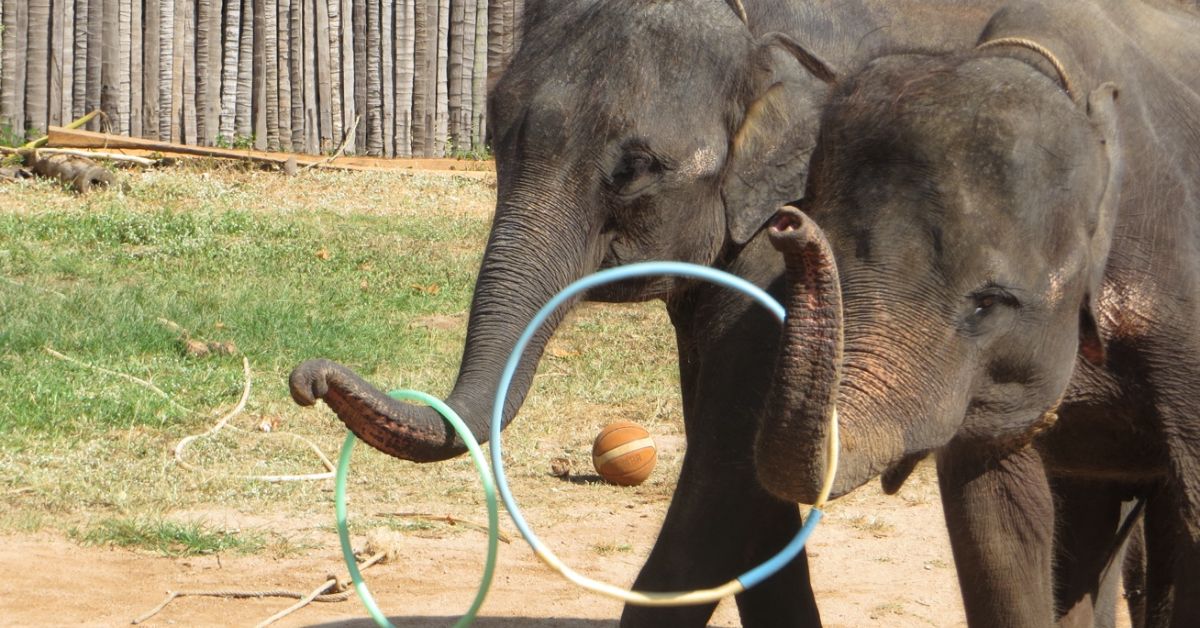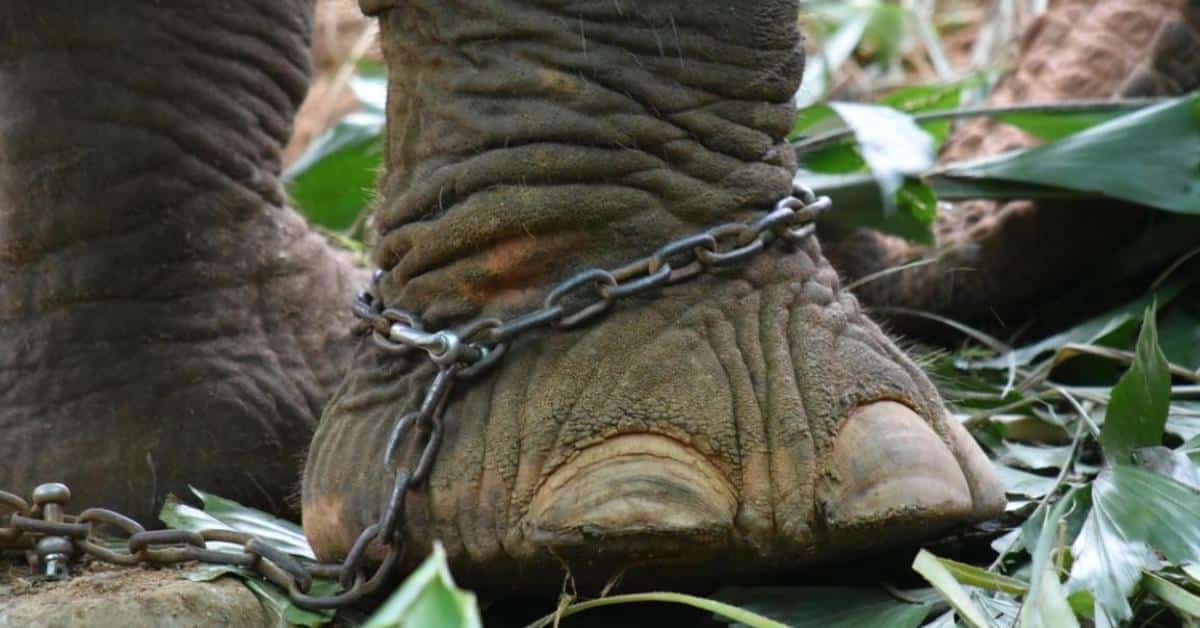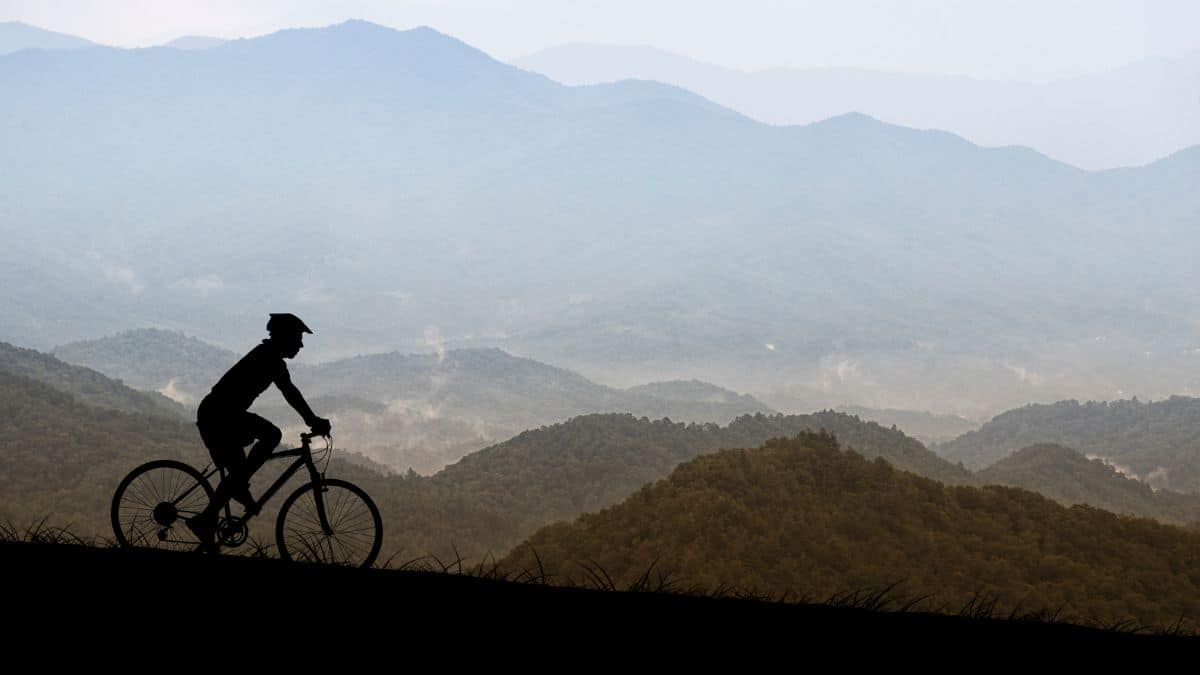Nestled on the shores of Lake Tanganyika in Tanzania, Gombe Stream National Park is a wildlife enthusiast’s paradise. This small but captivating national park offers a range of exciting activities and experiences that will immerse you in the wonders of nature and provide a deeper understanding of the remarkable chimpanzees that call this place home.
International tourists can fly into Julius Nyerere International Airport or Kilimanjaro International Airport before continuing their journey to Kigoma and Gombe Stream National Park. The park offers a range of accommodation options, from basic campsites to comfortable lodges, ensuring a comfortable stay for every visitor.
If you’re planning a visit to Gombe Stream National Park in 2025, here are the best things to do to make the most of your adventure. The best time to visit is during the dry season from June to October, when the park is less humid, and the chimpanzees are more active.
Chimpanzee Trekking in Gombe Stream National Park
The highlight of any visit to Gombe Stream National Park is the opportunity to encounter wild chimpanzees up close. Led by experienced park guides, embark on a chimpanzee trekking excursion into the lush forests, where you’ll search for these intelligent primates in their natural habitat. Chimpanzee trekking in Gombe Stream National Park can be compared to Mahale Mountains National Park, home to the world’s largest known population of chimpanzees.


As you quietly make your way through the vegetation, listen for the sounds of rustling leaves and the calls of the chimpanzees. Once you find them, observe their behavior and social interactions and marvel at their remarkable intelligence. Remember to maintain a respectful distance and follow your guide to ensure the well-being of both visitors and the chimpanzees.
Chimpanzee trekking in Gombe Stream National Park is an adventure and a unique opportunity to witness firsthand the groundbreaking research conducted by Jane Goodall. Her pioneering work on chimpanzees in this park revolutionized our understanding of these incredible animals and their complex social structures. It’s a privilege to follow in her footsteps and be part of this inspiring legacy.
Birdwatching in Gombe Stream National Park
Gombe Stream National Park is a haven for birdwatchers, boasting a diverse avian population that thrives in its varied habitats. Grab your binoculars, explore the park’s trails, and get ready to spot various bird species that will surely excite and inspire you.


From the colorful African fish eagle to the melodious songs of the African grey parrot, Gombe Stream offers ample opportunities to spot and appreciate the rich birdlife. Look for kingfishers perched on branches overhanging the streams and listen for the calls of hornbills echoing through the forest.
Birdwatching in Gombe Stream National Park is a feast for the senses and an opportunity to connect with the natural world. In addition to the park’s resident bird species, Gombe Stream is also a stopover point for migratory birds, making it an excellent destination for bird enthusiasts throughout the year.
Forest Walks and Nature Trails
Gombe Stream National Park is more than just chimpanzees; it has breathtaking natural beauty. Lace up your hiking boots and set off on the Three Mountains National Park’s forest walks and nature trails to discover the hidden gems beyond the chimpanzee territories.
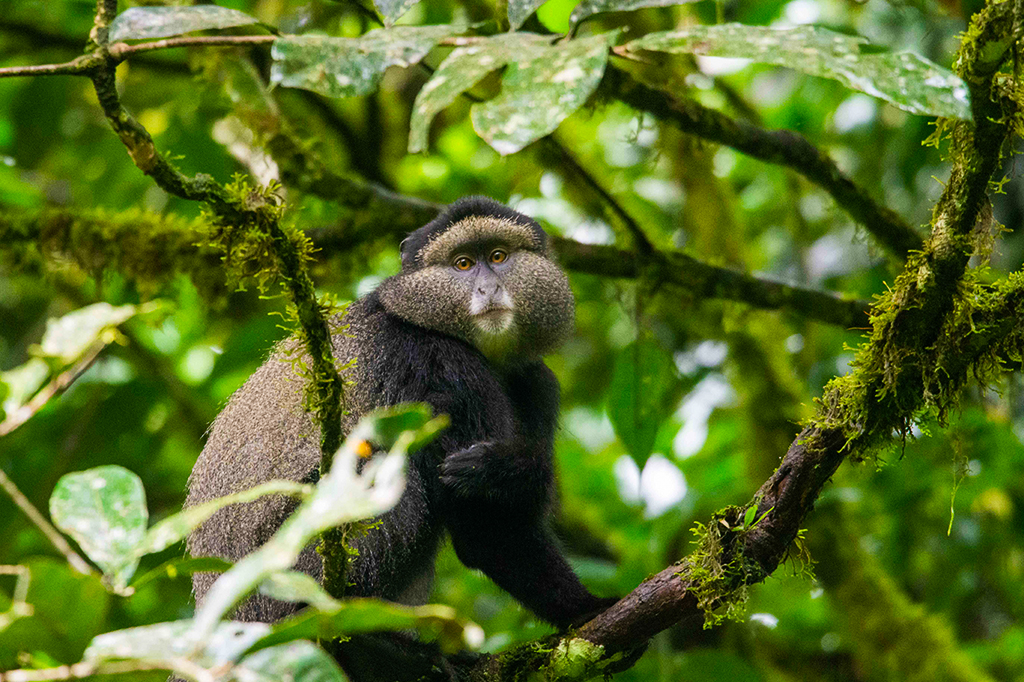
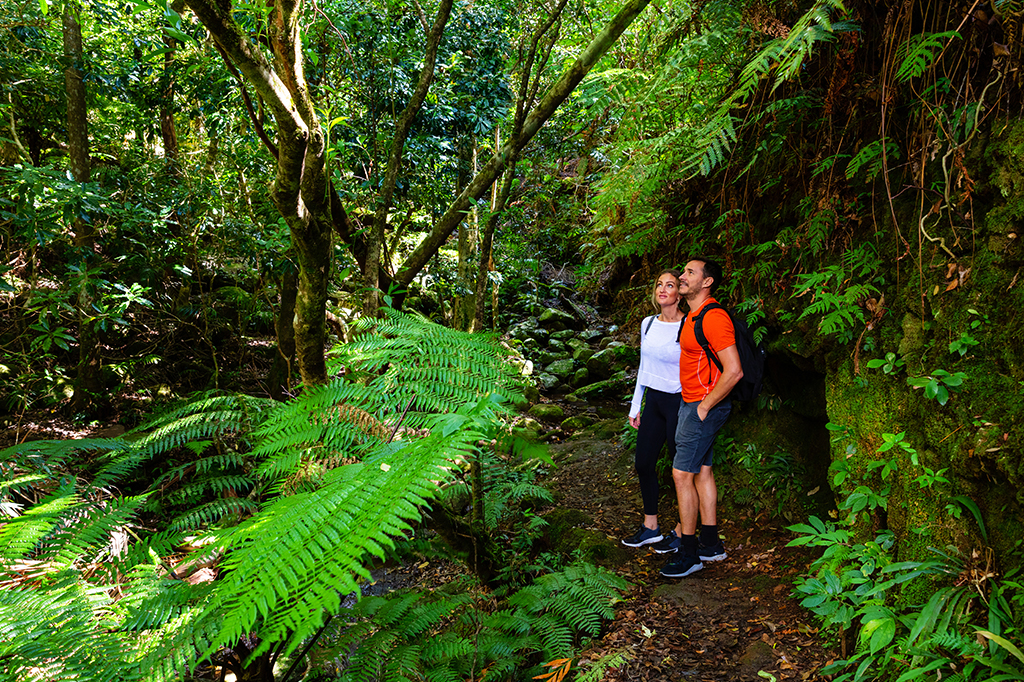
Explore the lush forests that teem with life, including ancient mahogany and fig trees that shelter many plant and animal species. Follow the trails that wind through diverse ecosystems, from grasslands to streams, and immerse yourself in the serenity of nature. As you walk, listen to the chorus of bird songs, inhale the earthy scents of the forest, and let the tranquility envelop you.
During your forest walks, keep an eye out for other wildlife inhabiting the park, such as the playful red colobus monkeys, the agile olive baboons, and the mischievous vervet monkeys. The park’s varied habitats offer opportunities to observe different species in their natural environments, sparking your curiosity and eagerness to explore.
Sunset Boat Safaris on Lake Tanganyika
Lake Tanganyika, which borders Gombe Stream National Park, offers a different perspective on the park’s beauty. The massive Lake Tanganyika is a prime location for guided sport fishing adventures, where you can catch tilapia and other fish species with the required fishing permit.


Similarly, a permit is required for chimpanzee trekking and can be obtained from the park’s headquarters. Take a sunset boat safari on the lake and marvel at the changing colors of the sky as the sun sinks below the horizon.
Cruise along the tranquil waters, surrounded by the breathtaking landscapes of Gombe Stream and the distant hills. Keep your eyes peeled for wildlife on the shores, such as crocodiles basking in the sun or hippos lazily wading in the shallows. This magical boat safari provides a peaceful and picturesque experience, offering tranquility and reflection in the heart of nature.
While enjoying the boat safari, please take the opportunity to learn about the lake’s ecological importance and the efforts being made to preserve its unique biodiversity.
Cultural Encounters in Nearby Communities
While Gombe Stream National Park is known for its wildlife, it’s also an opportunity to engage with the local communities and learn about their culture and traditions. Take a break from the wilderness and visit the nearby villages surrounding the park.


Interact with the friendly locals, visit local schools or community projects, and gain insights into their way of life. Engage in conversations, taste local cuisine, and experience the warmth and hospitality of the Tanzanian people. These cultural encounters provide a holistic experience and a deeper understanding of the region’s rich heritage.
Relax and Unwind in Nature
Gombe Stream National Park is not just about wildlife and adventure; it’s also a perfect place to relax and connect with nature. Sit back, breathe in the fresh air, and absorb the tranquil surroundings.


Find a peaceful spot by the lake or a scenic viewpoint and let the sights and sounds of Gombe Stream wash over you. Allow the rhythm of nature to soothe your soul and rejuvenate your spirit. Whether practicing yoga, meditating, or enjoying a picnic amidst the park’s beauty, taking time to unwind in nature is essential to the Gombe Stream experience.
Photography and Wildlife Observation
Gombe Stream National Park offers endless opportunities for photography enthusiasts and wildlife observers. Capture the raw beauty of nature as you witness incredible moments in the lives of chimpanzees and other wildlife.
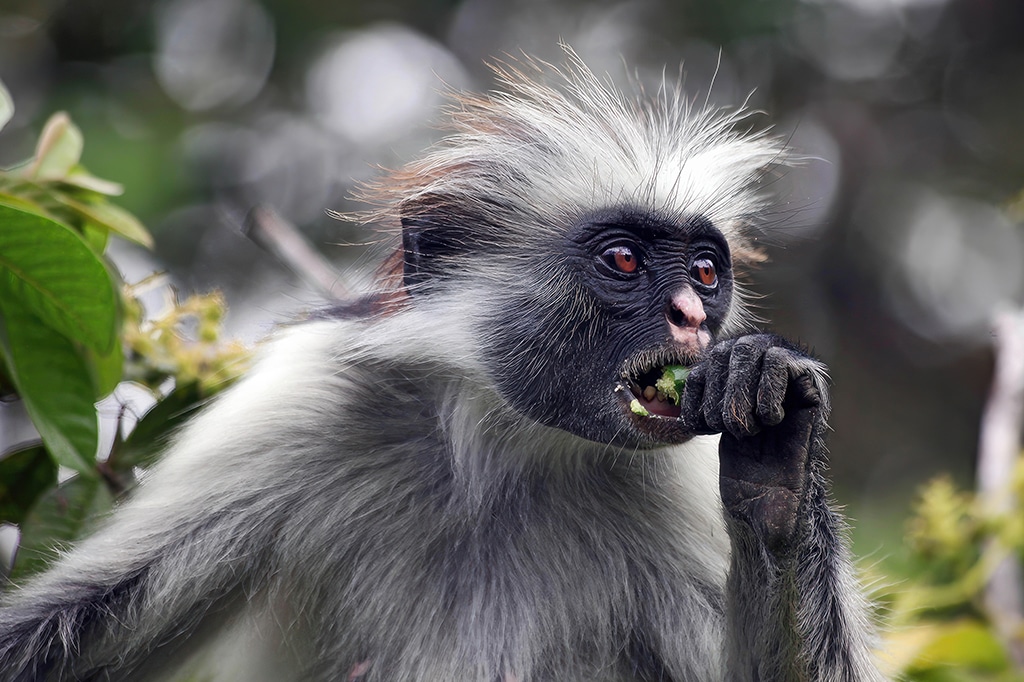

Whether you’re an amateur photographer or a seasoned professional, Gombe Stream provides a wealth of subjects to photograph. From the expressive faces of chimpanzees to the vibrant colors of bird plumage, every moment presents a chance to capture the magic of this remarkable national park.
In addition to photography, observe the wildlife in their natural habitats. Watch as chimpanzees swing through the trees, listen to the calls of monkeys echoing through the forest, and marvel at the intricate interactions between different species. Wildlife observation in Gombe Stream National Park is an immersive experience that allows you to witness the wonders of nature firsthand.
Final Thoughts
Gombe Stream National Park offers many incredible experiences for nature lovers and wildlife enthusiasts. From chimpanzee trekking and birdwatching to forest walks, boat safaris, and cultural encounters, the park presents diverse activities and attractions that ignite your adventure and foster a deep connection with the natural world.
As you plan your visit to Gombe Stream National Park in 2025, consider immersing yourself in these experiences to make the most of your time in this remarkable destination. Whether you’re seeking close encounters with chimpanzees, tranquility in nature, cultural interactions with the local communities, or the opportunity to capture stunning wildlife moments, Gombe Stream National Park has something to offer every traveler. Prepare to go on an unforgettable journey into the heart of the Tanzanian wilderness.
Frequently Asked Questions (FAQs)
1. What is Gombe Stream National Park known for?
Gombe is famous for its population of wild chimpanzees and is the location where Jane Goodall conducted her groundbreaking research on chimp behavior and social dynamics. Covering an area of approximately 35 square kilometers, the park is Tanzania’s smallest national park but boasts a rich biodiversity.
Visitors to Gombe can observe these fascinating primates in their natural habitat and explore the park’s diverse ecosystems, ranging from lush forests to grasslands. The park is a haven for chimpanzees and hosts many other species of animals and birds, offering a unique wildlife experience.
2. How do I get to Gombe Stream National Park?
To reach Gombe Stream National Park, one must first fly into Kigoma, which can be accessed from Dar es Salaam or Arusha via commercial flights or chartered planes. International tourists can fly into Julius Nyerere International Airport or Kilimanjaro International Airport before continuing their journey to Kigoma.
From Kigoma, the park can be reached via a boat, with the journey taking approximately 2-3 hours, depending on boat type and weather conditions. It is essential to pre-arrange transportation with your accommodation provider or a tour operator who will facilitate your entry permits and guide services.
Ensure that you have a prior booking with a reliable operator to avoid complications and make your journey to the park smooth and enjoyable.
3. When is the best time to visit Gombe Stream National Park?
The best time to visit Gombe Stream National Park is during the dry seasons, from June to October and from late December to early February. During these periods, the terrain is more accessible, and the chimpanzees and other wildlife are more straightforward to observe, as they tend to be around the lower slopes of the park.
However, visiting during the wet seasons is also possible, from November to mid-December and from late February to May. While tracking the chimpanzees in wet conditions may be more challenging, the park remains open throughout the year and can be visited at any time with proper preparation.
4. What activities are available in Gombe Stream National Park?
The most popular activity in Gombe Stream National Park is chimpanzee tracking, where visitors can observe these fascinating creatures in their natural environment under the guidance of an experienced guide. The park also has hiking trails that take visitors through different habitats, offering stunning views and realistic immersion.
Aside from these primary activities, guests can participate in birdwatching, guided forest walks, and swimming or snorkeling in the clear waters of Lake Tanganyika. There’s plenty to do in Gombe, catering to various interests and providing diverse experiences for nature lovers and adventure seekers alike.
5. What kinds of accommodations are available within or near Gombe Stream National Park?
While there are no accommodations within Gombe Stream National Park, visitors have several options for nearby lodges and tented camps, catering to different travel preferences and budgets. These accommodation providers organize transport to the park’s boundaries, chimpanzee tracking excursions, and other activities to ensure a comfortable and enjoyable experience.
Kigoma Hilltop Hotel is a luxurious and accessible accommodation option for travelers visiting Gombe Stream National Park. It offers a picturesque location overlooking Lake Tanganyika, extensive amenities, and various activities for guests.
It is essential to make reservations well in advance of your travel dates to ensure availability, especially during the peak travel season. The lodges and tented camps range from critical to upscale options, so visitors should research and choose an establishment that best meets their needs and preferences.
6. Do chimpanzees pose any threat to visitors in Gombe Stream National Park?
Chimpanzees in Gombe Stream National Park are generally accustomed to the presence of humans due to the ongoing research activities and regular visits from tourists. Though they rarely exhibit aggressive behavior towards humans, they must remember that they are still wild animals, and appropriate precautions should be taken.
Visitors are always accompanied by an experienced guide who knows the chimps’ behavior patterns and will maintain a safe distance while observing them. Following the guide’s instructions and adhering to park regulations, visitors can minimize potential risks and enjoy a rewarding and unforgettable experience watching these incredible primates in their natural habitat.
7. What should I pack for my trip to Gombe Stream National Park?
For a visit to Gombe Stream National Park, it’s crucial to pack suitable clothing, including lightweight, breathable attire for warm and humid conditions and long-sleeved dresses for protection against insects. Bringing a sturdy pair of hiking boots or walking shoes for navigating the park’s trails is also a good idea.
Other essential items include travel documents (passport, visa, health insurance), park permits, insect repellent, sunscreen, a hat, sunglasses, binoculars, a camera, and any necessary personal medications. Packing smart and prioritizing comfort for the park’s varying terrain and conditions will ensure an enjoyable experience.
8. What other species of wildlife can be observed in Gombe Stream National Park?
Apart from the famous chimpanzees, Gombe Stream National Park is home to various other wildlife species. Visitors can potentially spot various primates, such as olive baboons, red colobus monkeys, blue monkeys, and red-tailed monkeys, as well as small antelope species like bushbucks and dik-diks.
The park also hosts over 200 bird species, making it an excellent destination for birdwatching enthusiasts. However, it’s important to note that Gombe is not a typical “Big Five” safari destination, and those interested in seeing large predators or big game should consider visiting other national parks or game reserves in Tanzania.
9. Are there any restrictions on photography in Gombe Stream National Park?
There are no specific restrictions on photography within Gombe Stream National Park, and visitors are encouraged to document and share their experiences. However, respecting the park’s guidelines regarding responsible behavior and maintaining an appropriate distance from the chimpanzees and other wildlife is essential.
Flash photography may not be permitted, as it can disturb the animals. Hence, investing in a quality camera with a decent zoom lens is an excellent idea to capture your memories without worrying or stressing the wildlife. Always follow your guide’s instructions, and be mindful of the park’s ethical guidelines and conservation ethos.
10. Is it necessary to book a guided tour when visiting Gombe Stream National Park?
Visitors to Gombe Stream National Park must accompany a guide when embarking on chimpanzee tracking expeditions and other activities within the park boundaries. This is for safety reasons and to ensure a well-regulated and sustainable tourism program prioritizes wildlife conservation and the well-being of the chimps and their habitat.
It is recommended to book with a tour operator or lodge that can facilitate the necessary park permits and transportation and arrange for an experienced guide. This will ensure a seamless and enjoyable experience, allowing visitors to fully appreciate their time in the park without any potential complications.
11. How can I ensure a responsible visit to Gombe Stream National Park?
To ensure a responsible visit to Gombe Stream National Park, visitors should adhere to park rules, maintain an appropriate distance from the wildlife, and listen to their guide’s instructions. Choose accommodations and tour operators that follow eco-tourism principles and support local communities and conservation efforts.
Try to minimize your environmental impact by packing lightweight and reusable items, reducing waste, and responsibly disposing of trash. Respect the local communities, engage in an ethical culinary experience, and prioritize minimal disturbance to the delicate ecosystems within the park.
12. What is the duration of a typical chimpanzee tracking expedition?
The duration of a chimpanzee tracking expedition in Gombe Stream National Park can vary greatly, depending on the location of the chimpanzees on a particular day. Tours can take a few hours to a day as the guides follow the chimpanzees’ movements through the forest.
Visitors should be prepared for a potentially challenging trek through rugged terrain and carry plenty of drinking water and snacks to sustain their energy levels. A successful chimpanzee tracking experience requires patience and determination, but the reward of observing these incredible animals in the wild is well worth the effort.
13. Is there an age limit for visiting Gombe Stream National Park and participating in activities?
While no specific age limit exists for visiting Gombe Stream National Park, children under 15 cannot participate in chimpanzee tracking activities. This is to ensure the safety of the children and minimize any negative impacts on the chimpanzees and other wildlife.
Visitors planning a family trip to Gombe should bear this restriction and consider alternative activities, such as birdwatching and nature walks, which the entire family can enjoy. Some accommodations may also offer children’s programs and activities that cater to younger age groups.
14. Do I need any vaccinations before visiting Gombe Stream National Park?
Before visiting Gombe Stream National Park, it is advisable to consult with a healthcare professional about necessary vaccinations and any other recommended precautions. While Tanzania does not require visitors to have a yellow fever vaccination, it is a recommendation for those visiting Gombe and other national parks.
Similarly, malaria is present in Tanzania, and visitors to Gombe should take appropriate measures to protect themselves, such as using insect repellent, wearing long-sleeved clothing, and considering malaria prophylaxis medication. A healthcare professional can provide the best advice on what precautions to take based on your planned itinerary and personal health status.
15. Can I visit the park if I have limited mobility?
Visitors with limited mobility can still experience Gombe Stream National Park but may find certain activities, such as chimpanzee tracking or hiking within the park, physically challenging. The park’s terrain includes steep slopes, uneven pathways, and the need for clambering over obstacles in some instances.
However, visiting the park can still be enjoyable for those with limited mobility, as some accommodations may offer accessible facilities and activities tailored to their specific requirements. It’s crucial to communicate your needs and preferences with your accommodation provider or tour operator so they can help plan an itinerary that caters to your level of mobility.

